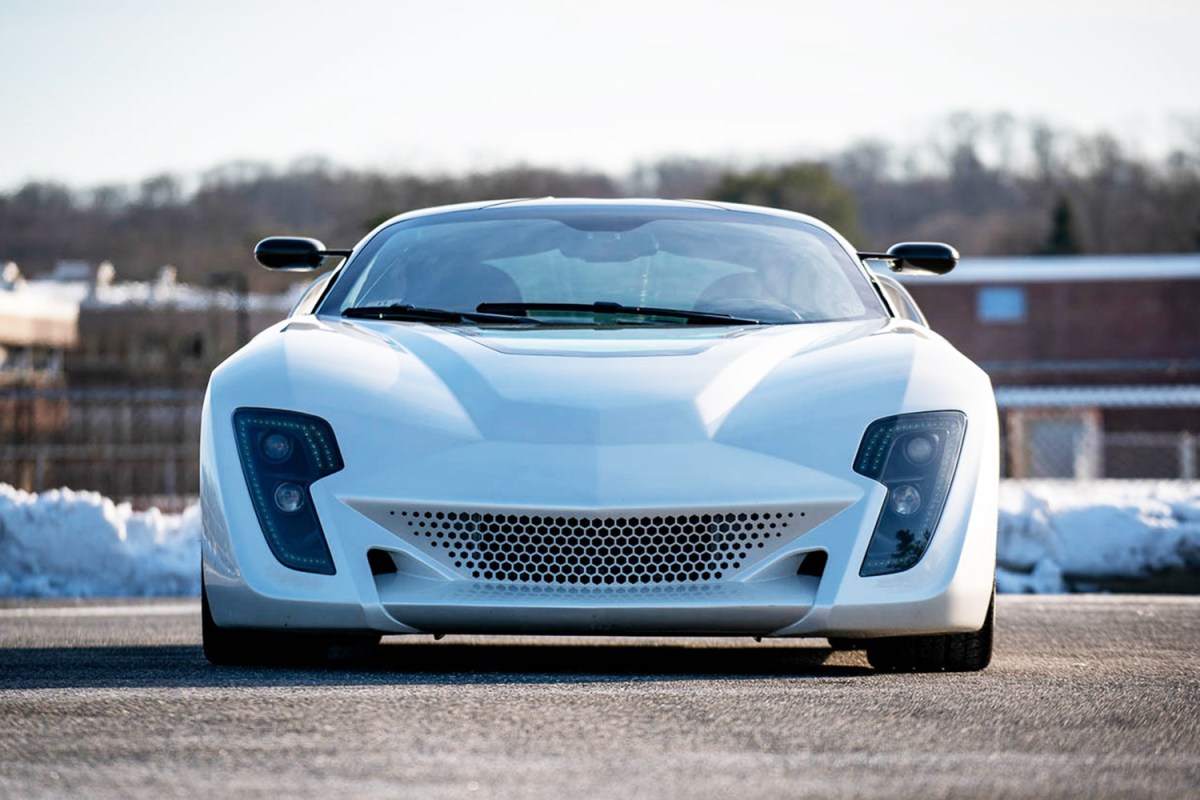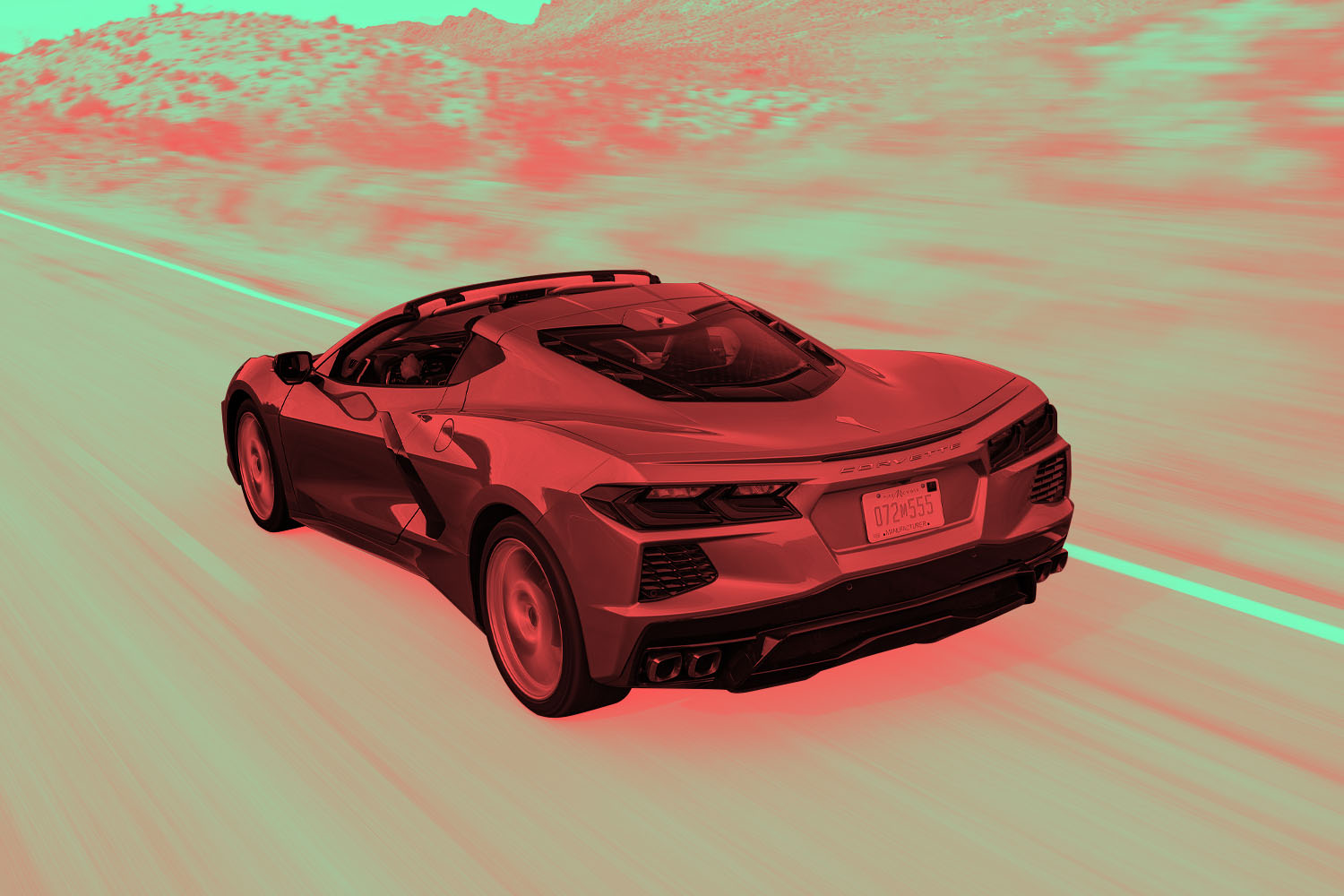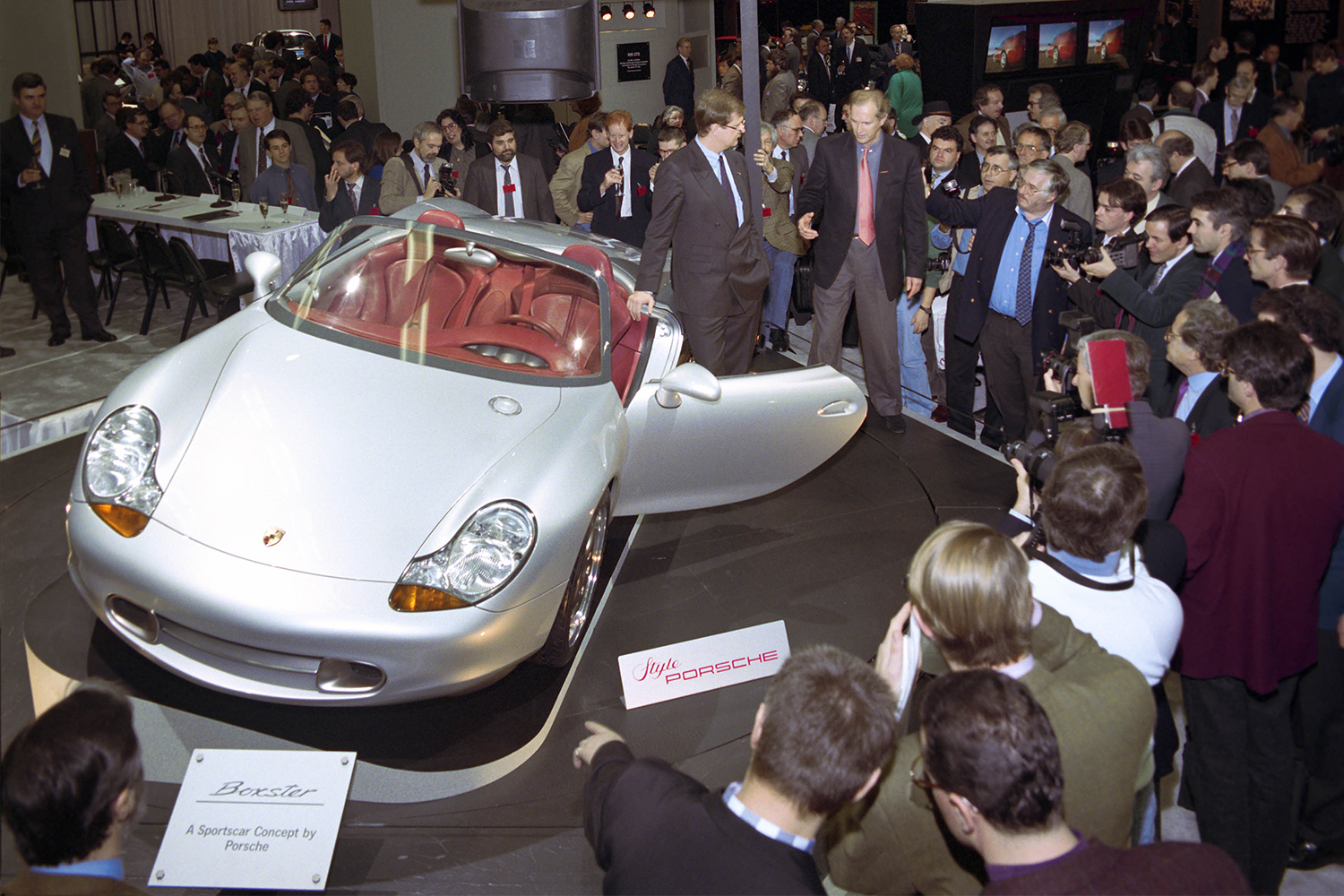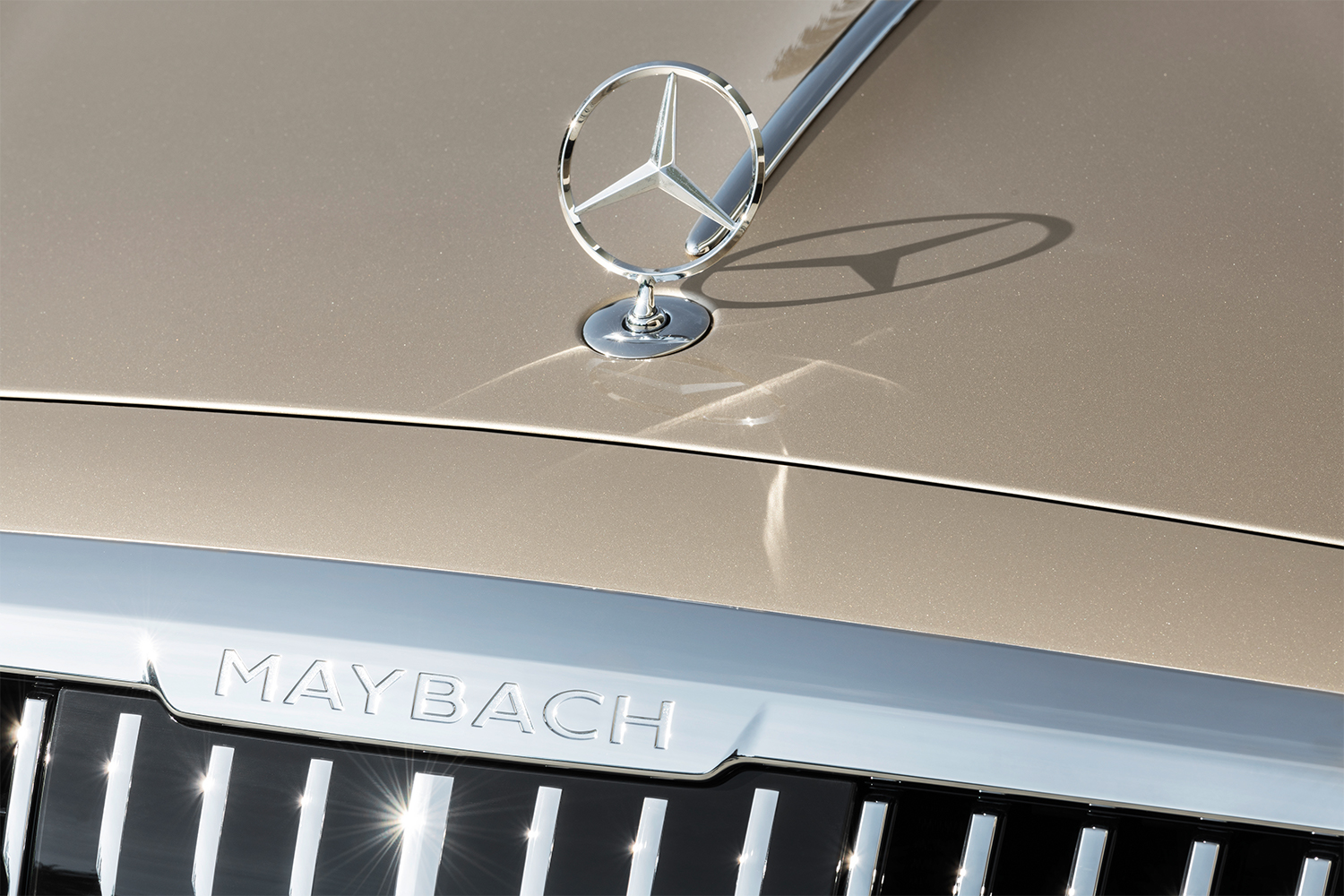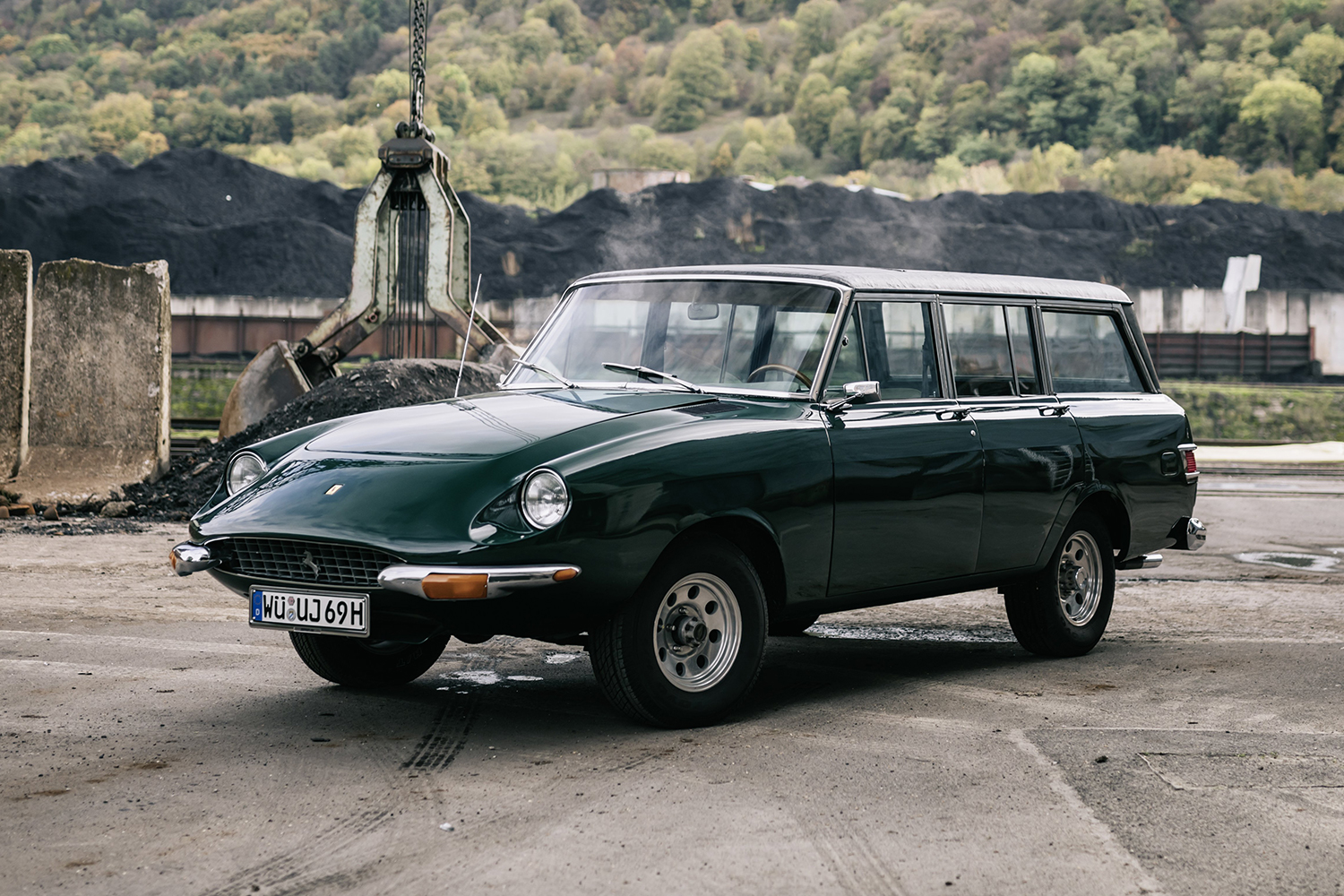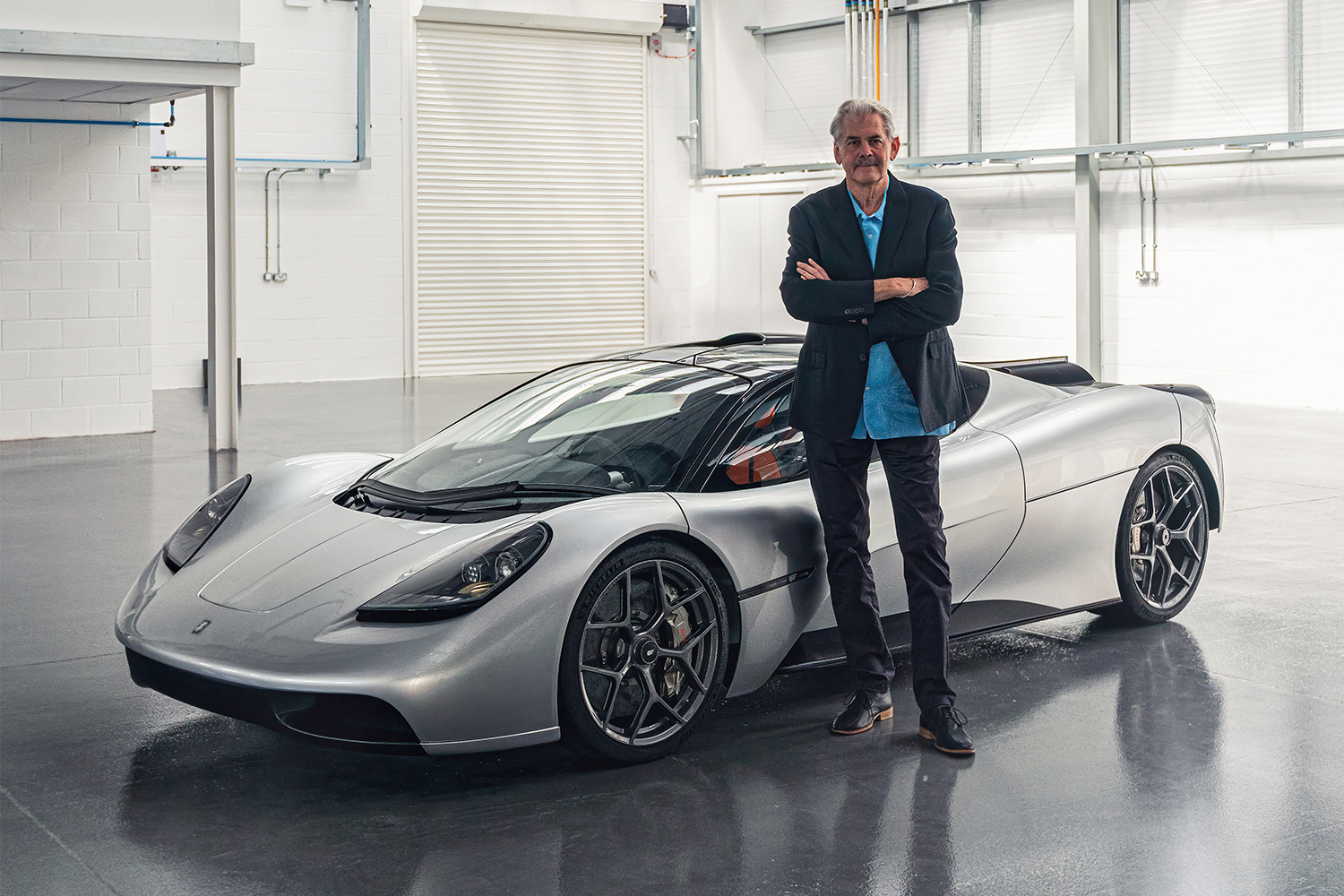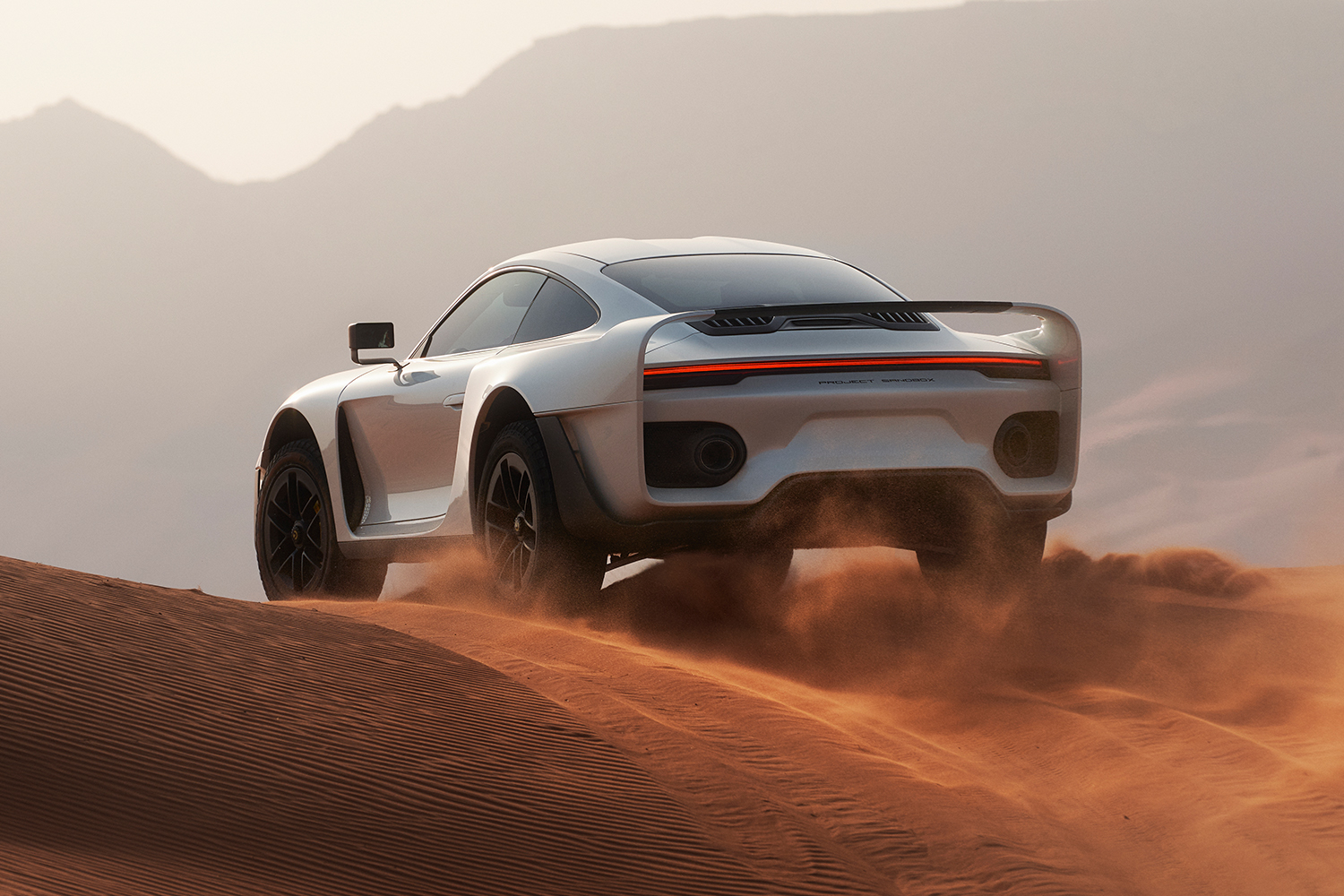The Chevrolet Corvette is an icon of American automotive performance, and some might argue the first true sports car to emerge from Detroit’s chaotic first half-century. Today, the ‘Vette has evolved into a world-beating speed machine that puts jaw-dropping levels of acceleration, grip and handling into the hands of anyone who can make its modest monthly payment.
In the past, however, there were some adrenaline junkies out there for whom the Corvette was merely a stepping stone to a higher state of vehicular Zen. Chevrolet’s halo model has frequently been used as the foundation for low-volume supercars that relied on its bulletproof mechanicals and solid engineering to underpin high-end flights of fancy.
These four supercars borrowed the Corvette’s bones and made something better. At least they tried.
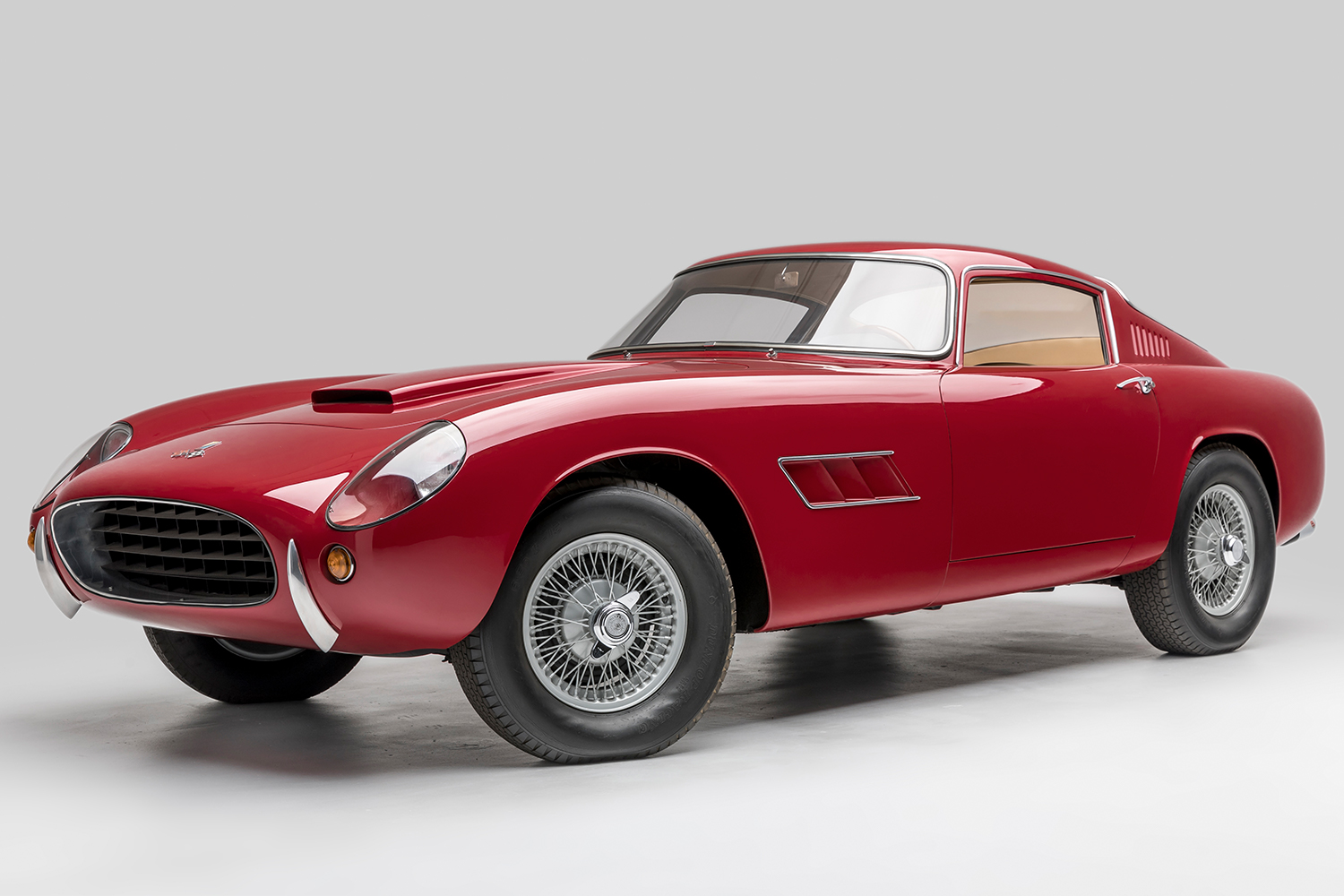
Scaglietti Corvette
In the late 1950s American sports car fans were tired of seeing European designs dominate road-course racing. Ferrari, Jaguar and Mercedes-Benz were regularly fielding roadsters and coupes that cleaned up under FIA competition and then spawned gorgeous and equally high-performing street versions for which Detroit had no clear answer.
It was an era where building a bespoke automobile was a lot less complicated than it is today, at least in terms of safety regulations and materials cost, and like the “built in a shed” boom that had taken over England after World War II, America was about to enter its most fertile period for brand-new badges. A number of these followed the same path as the Scaglietti, a Corvette-based supercar intended to end Euro dominance and put the U.S. back on the performance map.
The Scaglietti was the brainchild of Jim Hall and Gary Laughlin, a pair of Texans who owned Chevrolet dealerships, as well as race car driver Carroll Shelby, all three of whom were intrigued by the potential of the recently introduced Corvette. When it originally arrived as a 1953 model, the two-seat convertible lacked anything resembling real speed (it was motivated by a modest six-cylinder engine), but a few years later the first V8 appeared, and by 1959 the first-generation Corvette enjoyed just under 300 horsepower.
It was this model that the trio targeted for their project, which they named the Scaglietti after the Ferrari-partnered Italian coachbuilder that they hired to give the Corvette’s bare chassis a gorgeous sheet-metal makeover. Mechanically, the vehicle retained the Chevrolet’s entire drivetrain (the original model featured a 283-cubic-inch, fuel-injected V8 tuned to deliver 315 horsepower), along with its brakes and suspension.
Three were built in total — as legend has it, Enzo Ferrari threatened to end all dealings with Carrozzeria Scaglietti once he realized that the Corvette-based supercar could pose a threat to his own brand’s models — and the last two went with a pair of four-barrel carbs instead of the Rochester injection of the first. In the midst of a general withdrawal from racing, and not wanting to poach sales from its in-house, about-to-be-redesigned sports car, General Motors was unsympathetic to Laughlin, Hall and Shelby’s pleas for factory support so they could produce a full line of Scaglietti Corvettes.
Each of the three examples were eventually sold to private owners, with Shelby never even taking delivery of the third and final vehicle (one of those now resides in the Vault at the Petersen Automotive Museum in Los Angeles). Instead, the high-performance mastermind went on to explore the same concept with a much more willing corporate partner (Britain’s AC supplying the bodies and chassis, and Ford delivering the power plants for what would become the Shelby Cobra), and Chevrolet (by way of GM’s misbegotten motorsports ban) missed its best chance at a decade of international racing glory.
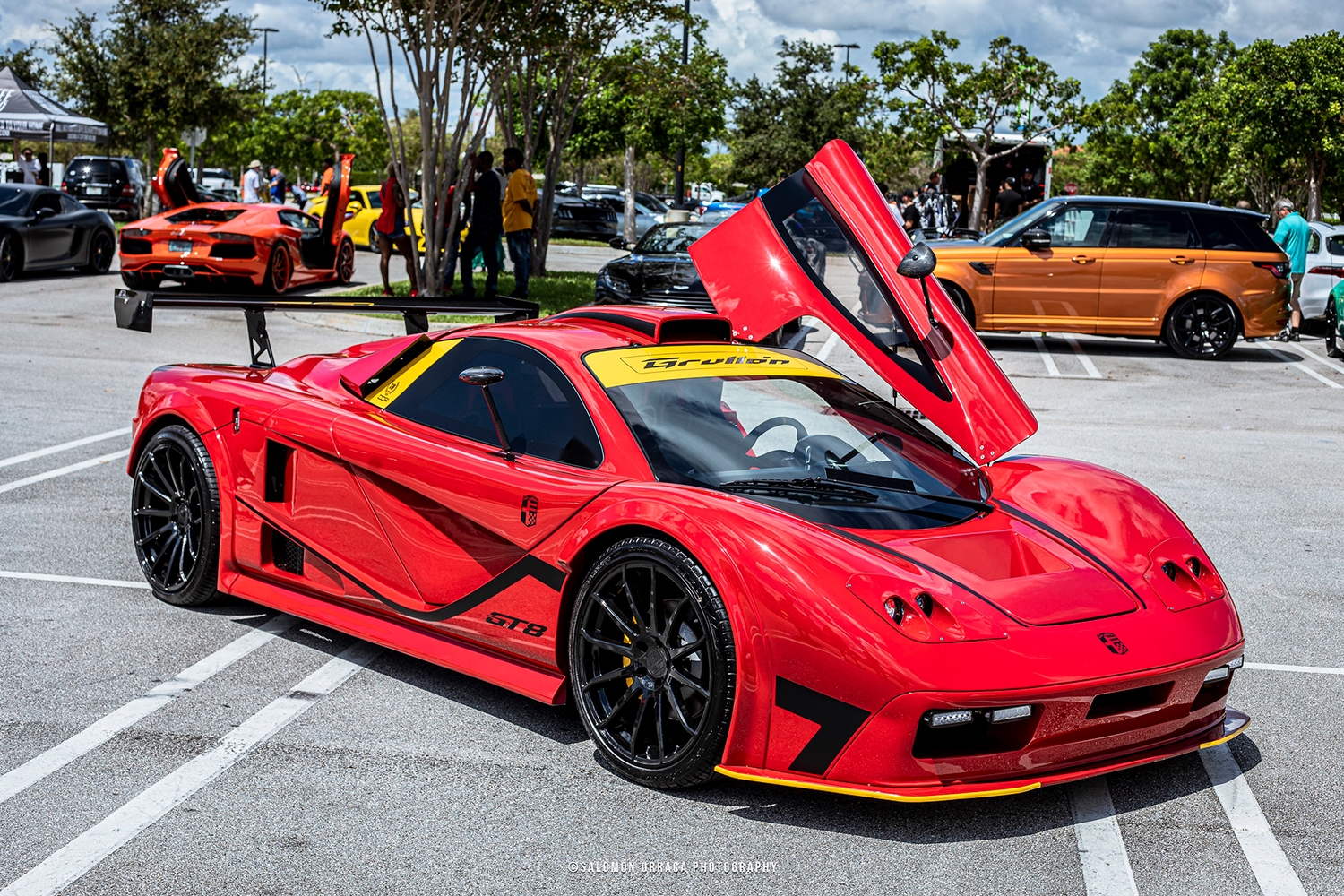
DDR Motorsport Grullón GT8 / Factory Five GTM
Kit cars have come a very, very long way from their Volkswagen Beetle-based, back-of-the-magazine ad origins. Many modern kits allow builders to assemble sophisticated high-performance machines using already potent sports cars as a starting point.
The DDR Motorsport Grullón GT8 represents the modern evolution of what the Texas three tried to do with the Scaglietti. This complete re-bodying of the C5 Corvette transforms the front-engine platform into a mid-engine exotic, lifting the engine, accessories, steering column, control arms, rotors and calipers from the stock vehicle and combining them with a surprising dose of Porsche DNA (in the form of a Boxster’s 6-speed transaxle) to create a vehicle that offers a completely different driving experience.
DDR Motorsport delivers a MIG-welded tubular spaceframe around which the Grullón GT8’s fiberglass body is hung, and with Lexan in place of the vehicle’s side-glass, weight savings have been prioritized across the board. Although it relies on the 345-horsepower version of the C5’s 5.7-liter V8, there’s nothing stopping buyers from substituting a more potent Corvette mill, or simply modifying the stock unit for more power.
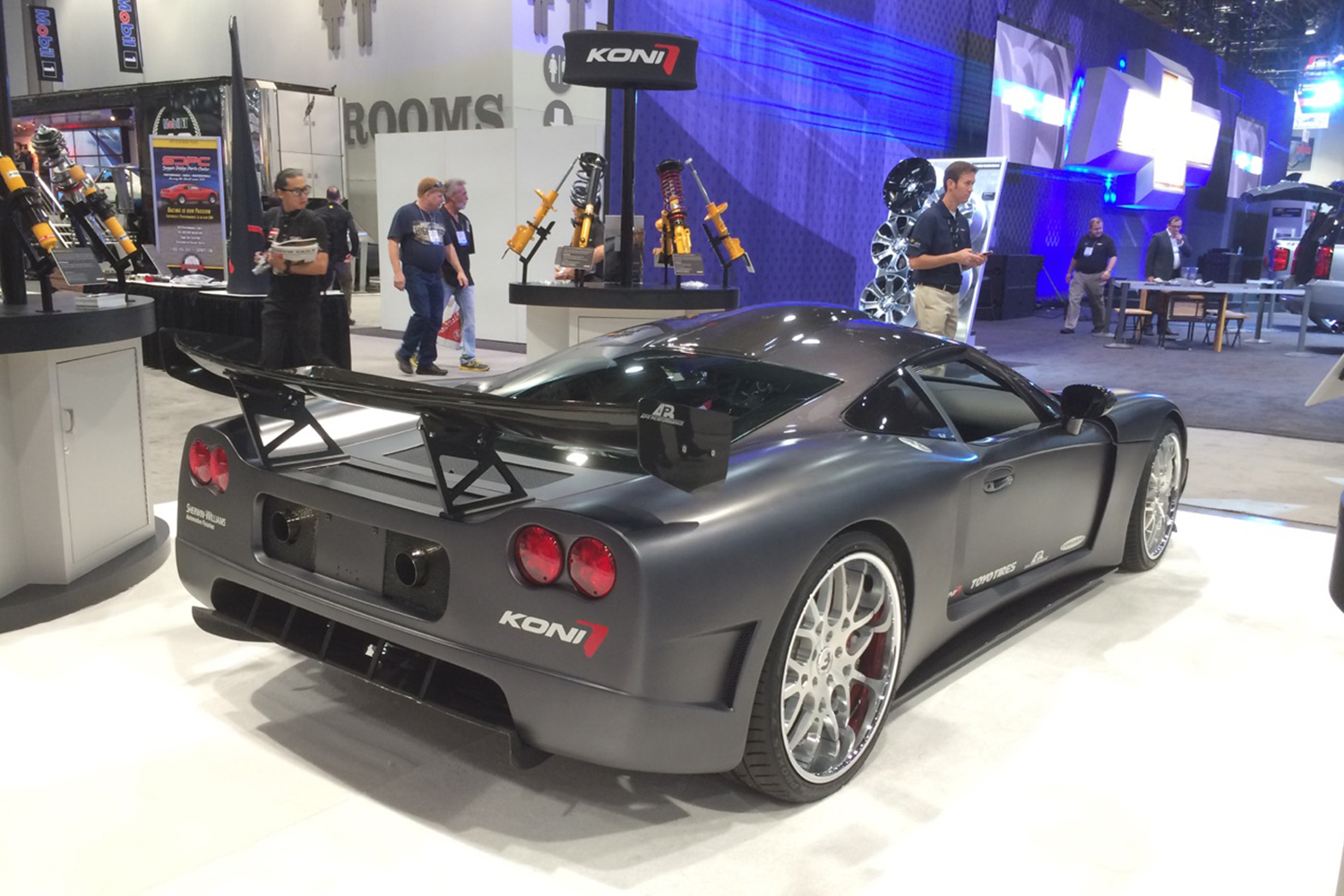
A similar effort is available from Factory Five in the form of the GTM Supercar. Like the Grullón GT8, the GTM makes use of any Corvette C5 drivetrain (including the 400-horsepower LS6 V8), mounted amidships and then wrapped in fiberglass bodywork that looks lifted out of an installment from the Need for Speed video game series. It also requires the use of a Porsche G50 transaxle. The key difference between the two can be found in the interior, with Factory Five delivering a less spartan cabin experience.
These kits are available at surprisingly low starting prices: $17,995 for the DDR Motorsport street setup, $26,405 for the “Grand Prix” aero edition, and $24,990 for the Factory Five. Of course, labor costs can be significant if you don’t do the assembly yourself, and you also have to supply your own donor Corvette, but given each vehicle’s outstanding performance (including 0-60 mph in the three-second range), it’s still a modest investment for a major return.
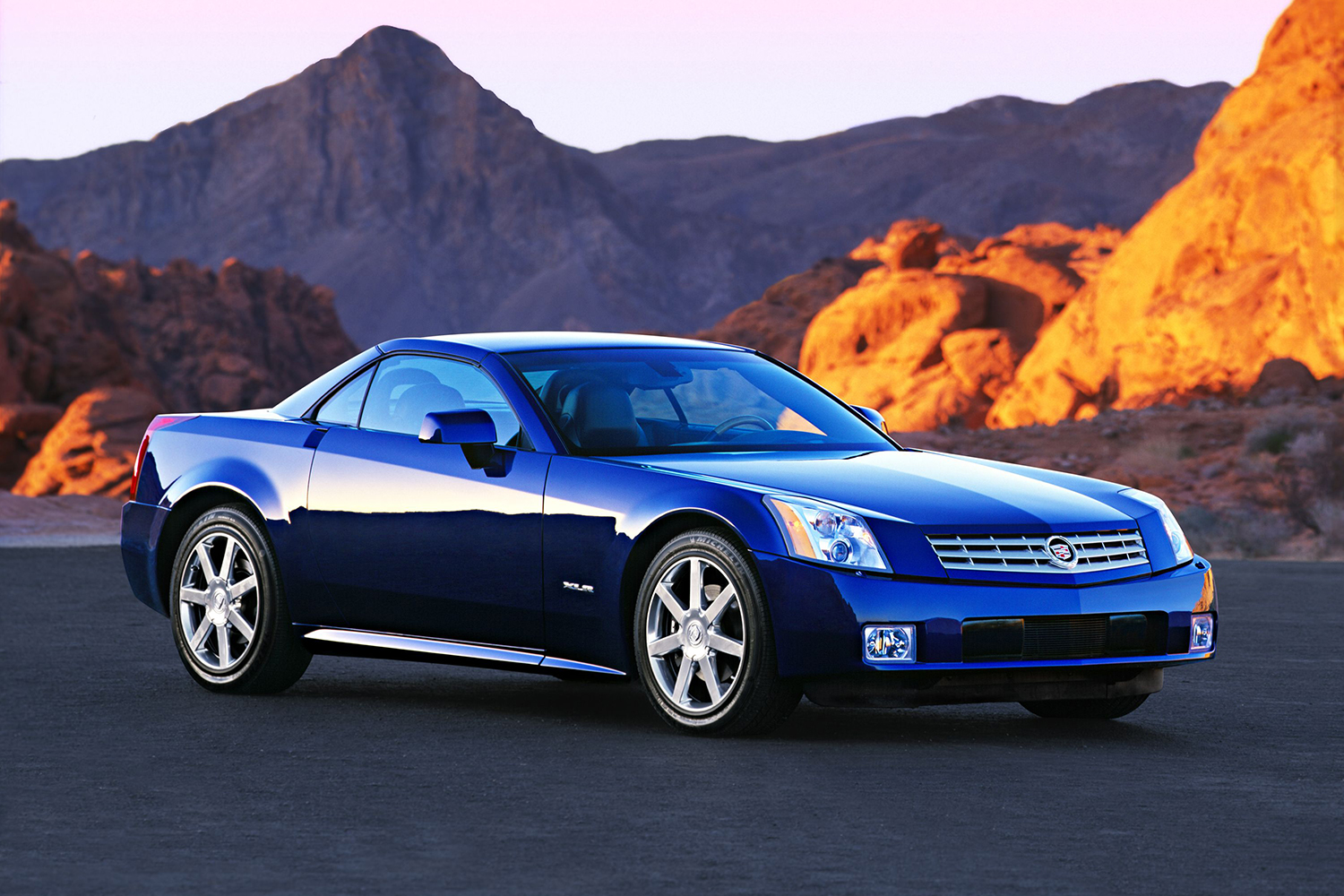
Cadillac XLR
Sometimes the pressure to repurpose the Corvette came from inside the same corporate boardrooms where it was first conceived. In the early 2000s Cadillac was in the midst of a brand makeover that attempted to position the automaker alongside purveyors of more exciting-to-drive fare such as BMW and Mercedes-Benz. As part of this effort, the decision was made to re-enter the long-dormant roadster segment and erase the tainted legacy of the Allante with a high-performance convertible called the XLR.
The only trouble was, Cadillac didn’t have a platform to use for its would-be SL-Class fighter. After spending huge sums developing the Sigma chassis for the CTS and STS sedans (as well as the SRX crossover), it was forced to look outside its divisional walls for a set of affordable bones on which it could build the low-volume XLR. The answer came in the form of the upcoming C6-generation Corvette’s hydroformed spaceframe, with an assist from a number of C5 components. The Cadillac was even built alongside the Corvette at the latter’s Bowling Green plant.
In terms of styling, the XLR went in a very different direction, adopting hard angles and a power retractable hardtop that stood opposed to the Corvette’s curves. Under its long hood it also featured an in-house power plant (a 320-horsepower, 4.6-liter Northstar V8) that was eventually upgraded to a supercharged, 4.4-liter unit good for 443 horsepower when the XLR-V was introduced in 2006. An automatic transmission was standard regardless of which version was purchased.
Softer to drive than its hi-po cousin, the XLR never truly found its footing among luxury buyers, and it was off the order sheet by 2009. A mere handful of the cars — only 15,000 or so — were ever sold.
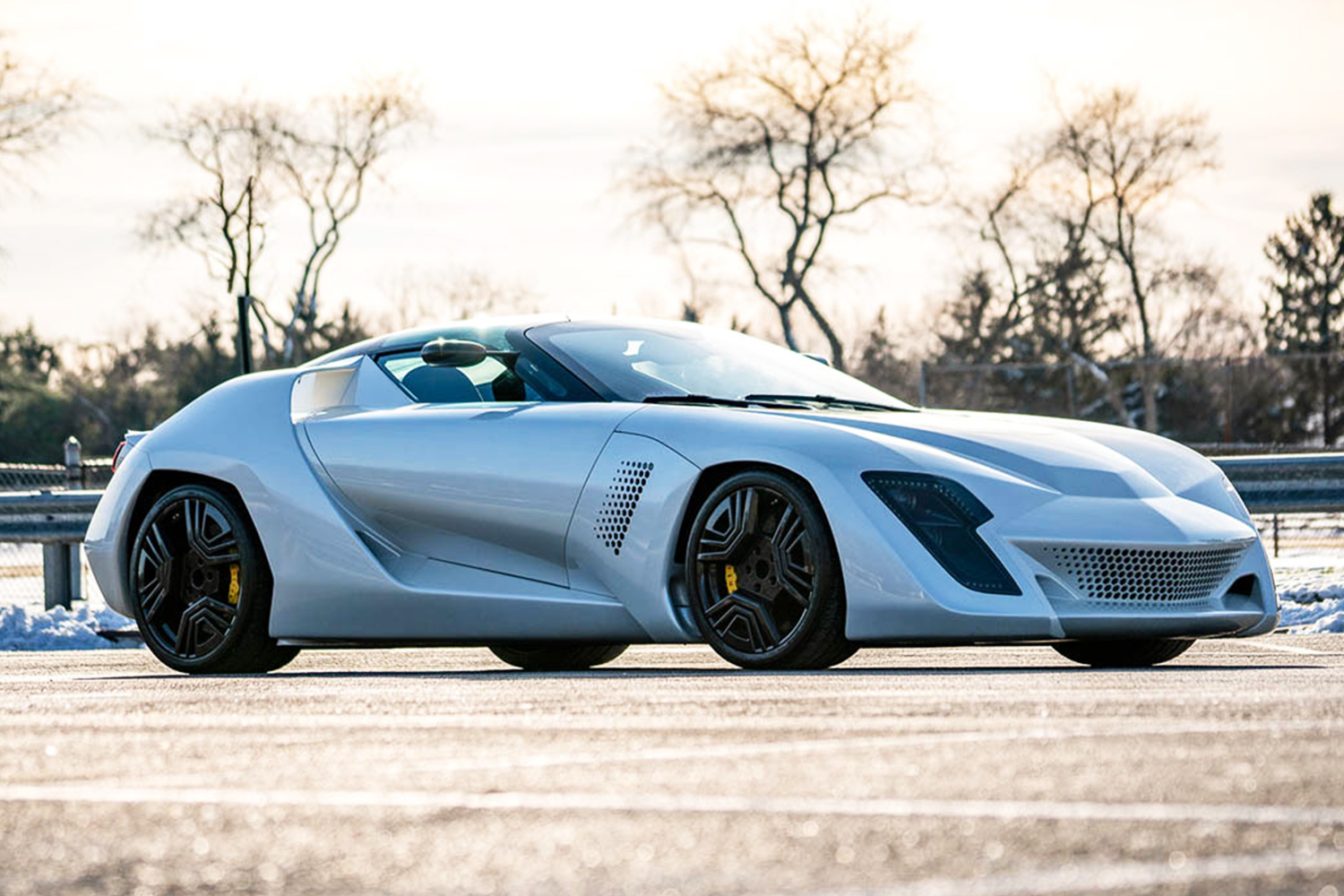
Bertone Mantide
The most hardcore version of the Corvette ever made never actually wore a Chevrolet badge. Towards the end of the 2000s, Bertone’s Jason Castriota chose the ZR-1 “Blue Devil” version of the C6 Corvette to build a one-off supercar that dialed up the original’s already terrifying performance past the point of reason.
Castriota had already carved out his place in automotive history through his work with Ferrari and Maserati before taking on the Mantide. Initially referred to as “Project M,” the car’s development was chronicled on YouTube throughout the design and building process, and it served to keep Bertone in the public eye after having lost its coachbuilding operations to bankruptcy.
Of all the vehicles on this list, the Mantide is the most outrageous. Rather than stick to fiberglass, Bertone went full carbon fiber over the C6 Corvette’s platform, giving it an almost unrecognizable shape that added sharp blades and surfacing to the vehicle’s sides and rear. Power was kept at a factory stock 638 ponies and 604 lb-ft of twist from the vehicle’s supercharged 6.2-liter V8, but huge improvements in aerodynamics (making the car as much as 25% more slippery) combined with a more than 200-lb weight cut boosted the Mantide’s top speed a full 12 mph above that of the Corvette ZR-1 (clocking in at a lofty 217 mph).
Only one example of the car was ever built, and despite a strong reception from the global glitterati who typically purchase multi-million dollar supercars, plans to continue the Mantide program never fell into place; though it did resurface semi-recently at an auction put on by Worldwide Auctioneers.
This article was featured in the InsideHook newsletter. Sign up now.
